Behind The Scenes of Managing a Public Space
Hola!
Winter vibes are in full swing, and March is treating me well with awesome snowfall, some meaningful work, and quality time with my family. I hope you all are safe and warm. Happy New Year to each one of you.
Let's dive back into the fascinating world of public spaces. In my last article, I left you with the notion that these spaces are not randomly shaped but thoughtfully crafted environments influenced by various authorities. Today, we're going to explore this concept further, and this time, we're spotlighting the iconic Times Square.
Imagine Times Square—an epitome of public spaces in action. It's not just a bustling intersection; it is a planned area governed by a set of rules and regulations. From guidelines on crowd control to managing street performances and ensuring safety, there's a framework in place for vibrant chaos.
Law enforcement plays a pivotal role in ensuring everyone adheres to the rules. If the hustle and bustle become a bit too much, they step in to maintain order and uphold the guidelines that shape the unique Times Square experience. The design of Times Square, with its iconic billboards, theaters, and pedestrian zones, isn't accidental. It's a strategic plan to create an environment that captures the energy and spirit of the city.
Now, let's get into the details—a real challenge faced by the Times Square Alliance. Concerns arose about long-term paver installation and maintenance for the plazas and sidewalks. The responsibility for pavers is divided between the New York City Department of Design and Construction (NYC DDC) and the DOT. The Alliance, as a maintenance partner with both, faced uncertainty regarding the process, methods, and responsibilities related to paver maintenance and replacement.
DDC played a vital role in assessing future paver performance and assisting the Alliance and DOT in developing smart tactics to keep the plaza pavers in good condition. However, due to different management strategies, these issues remained unresolved. Seeking support, the Alliance reached out to Community Boards, advocating for a dialogue to address the long-term maintenance question.
Another example is that different agencies wield authority over specific aspects of Times Square. The Department of Consumer Affairs handles vendors, SAPO manages events, and the DOT oversees pedestrian and vehicle flow. The Times Square Alliance, contracted with the DOT, operates as a maintenance partner but with limited legal authority. This intricate web of agencies can lead to scenarios where one agency identifies a problem that it cannot solve without another agency's support. For instance, the Alliance noticed pedestrians not using designated flow zones on the plazas due to unclear demarcations. Although aware of the issue, the Alliance lacks the authority to install new demarcations, as only the NYC DOT has the power to change and manage these zones. Bridging this gap requires effective communication between the public and private sectors to engage the community in managing these vital zones.
This dynamic scenario illustrates a crucial aspect of public spaces: they involve various agencies, each with its own authority, working collaboratively but sometimes facing challenges in resolving specific issues. The crux of effective public space management lies in the cooperation and understanding between these entities. Different powers have different responsibilities, but all contribute to the collective goal of enhancing Times Square.
So, how do we approach the balance between managing the community's needs and different authorities over public spaces?
As we continue this exploration, join me in unveiling the layers behind the scenes of public space management in Times Square. Each interaction, regulation, and decision plays a part in the intricate tapestry that makes Times Square a functional space and a meaningful extension of the city's identity.
Stay tuned for more insights and stories as we navigate the fascinating world of public spaces together!
